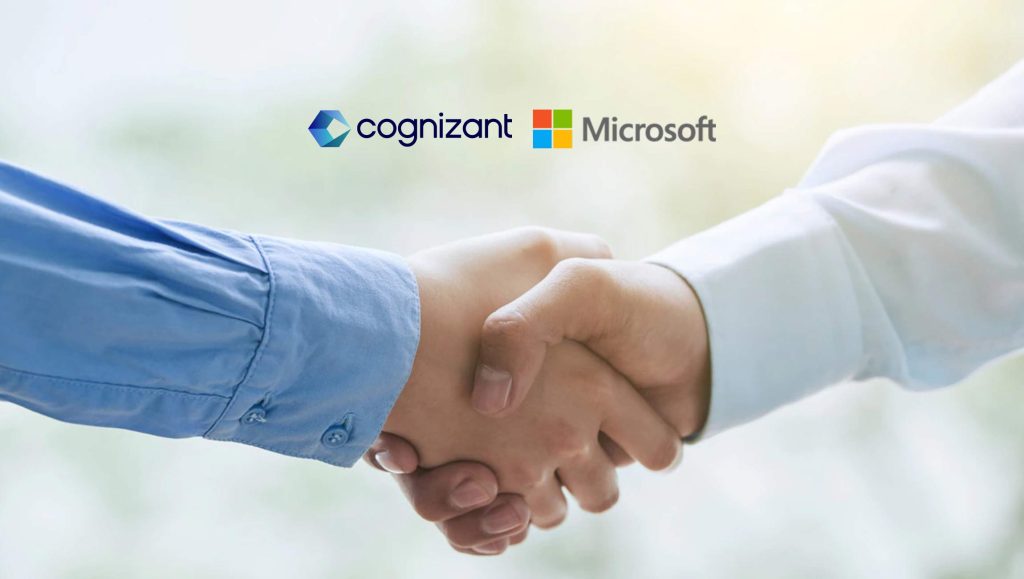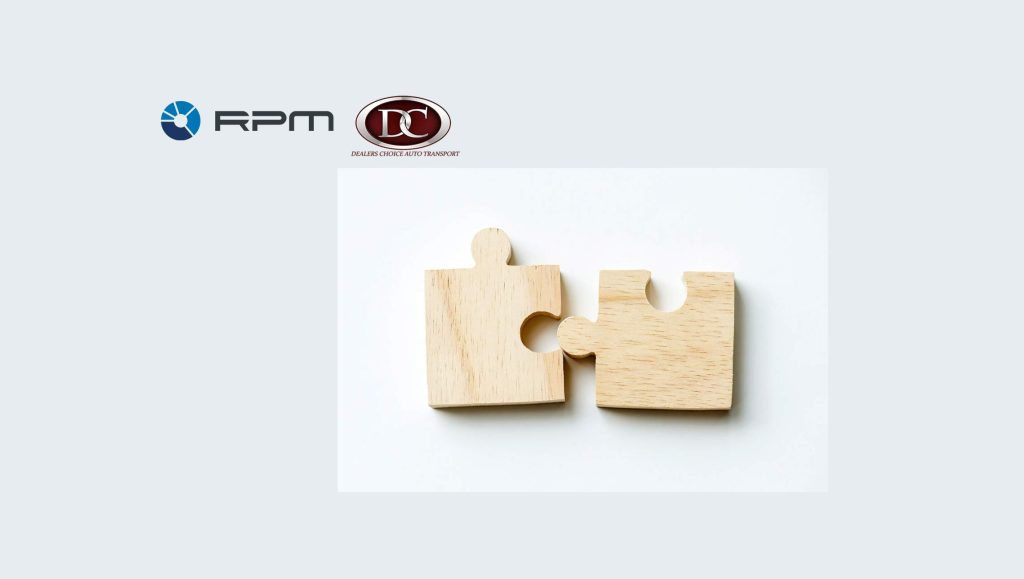Coronavirus will not kill events. If anything, they will be more dynamic than ever. The ability to attend events remotely will not drive most people away, instead it will enable many to participate in new ways and from far-away places. For those hosting them, managing events across online, virtual and physical realms will be required.
This past year was challenging for the event industry, and for those who participated in virtual events, the experience was a mixed bag. Some were very well done and went off without a hitch. Others faced painful challenges. With the prospect of a COVID-19 vaccine on the horizon and entered the height of event season, including the first ever completely virtual Consumer Electronic Show which ended on January 14, it’s a good time to look back to see what surprising lessons were learned from virtual events and what might be expected for events occurring in 2021 and beyond.
Read More : SalesTechStar Interview with Pekka Koskinen, Founder and CEO at Leadfeeder
-
VIRTUAL EVENTS DRIVE GREATER PARTICIPATION AND GLOBAL REACH
Well-known conferences that I had previously attended in person still happened in 2020. Instead of convening in person, attendees gathered virtually for the first time by necessity. The big takeaway: events are much more accessible virtually resulting in larger and more global attendees than traditional live events. A Wall Street Journal conference I attended that historically takes place annually in New York City had three times the normal attendance and participants hailed from all over the world despite time zone differences. Other organizations seemed to have a similar outcome. For example, the popular Fast Company Grafana Conference, known for choosing elaborate, exclusive locations, had 50-times the number of attendees than they would have expected had the conference been held in person. Consistent with the Wall Street Journal, the diversity of attendees was also dramatically greater than past conferences. Nearly every CES attendee I spoke with attended all keynotes and topical sessions. Attending every conference keynote is virtually impossible in past CES events simply because of the time required to run back and forth between venues and the speed at which those venues fill.
The benefits of adding a virtual component have propelled both organizations to think differently about conferences moving forward. Even when people can gather in person again, event organizers will incorporate virtual as a component to expand reach and participation. The Consumer Electronic Show CES plans to return to Las Vegas for an in-person event in 2022, but the technology trade show is also planning to incorporate a virtual version permanently, incorporating lessons from the fully virtual 2021 experience. Fast Company is also considering adding some exclusively virtual events to capitalize on this opportunity.
Even Hollywood has jumped on the hybrid virtual and in-person bandwagon. The Primetime Emmys show that aired on ABC in September was surprisingly well done with an innovative and entertaining mix of virtual and live award presentations without an audience. Event organizers even found creative ways of getting statuettes into winners’ hands as they were announced while the television audience watched. While the Golden Globes, normally held in January, has been postponed now until the end of February and the Oscars moved to April, organizers of both events are exploring hybrid mixes of live and virtual events given the ever-changing COVID-19 unpredictability. I’m sure they are taking cues from what was learned by the Emmys.
-
PHYSICAL SPACE PLANNING IS MORE IMPORTANT THAN EVER
Physical spatial awareness has always been an important consideration when planning a permanent installation or event location where people interact and mingle. In fact, Britelite’s Litehouse Experience Management software was built with this in mind. Thanks to the importance of public safety, and capacity management highlighted by the pandemic, spatial awareness has risen to front and center when planning an event or managing a customer location and this is not likely to change as we move forward. Spatial planning can help in many more ways than capacity management. For example, we work with a bank with many branches across the United States. Each of these locations is unique with individual sizes, screen installations, etc. Before experience management software, managing multiple locations meant planning each individual space separately. Litehouse enables a single person to oversee the planning, distribution, remote management, measurement and optimization of this content. A task that, until recently, took a team of individuals to manage.
-
EVENT PLANNERS WILL USE EMPS TO MEET ATTENDEES IN ONLINE, PHYSICAL AND VIRTUAL REALMS
As attendees become more adept navigating between realms, so will event planners. COVID-19 drove event goers to move more fluidly between online, virtual and physical spaces in many parts of their lives — beyond events. For example, I had access to Instacart or local grocery applications long before 2020. This past year, I now use the app to shop exclusively and then drive to pick up my groceries once a week. This doesn’t mean I never walk into a grocery store physically, however. I do expect my grocer to know me and blend my experiences across online and physical. These behaviors will translate to events as well. Managing experiences seamlessly across all realms easily and without building separate technology stacks to create, deploy, monitor, and measure and adjust experiences is now a must for brands and event planners alike. Experience Management Platforms enable organizers to meet attendees where they are fluidly, seamlessly will be with us long after COVID is gone.
Read More : SalesTechStar Interview with Kevin Baumgart, VP of Sales at Hologram
Sales and Marketing Tips by The Experts Are Waiting for you on The SalesStar Podcast, Hear More:




















